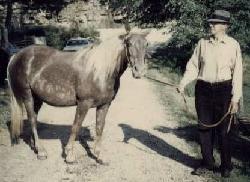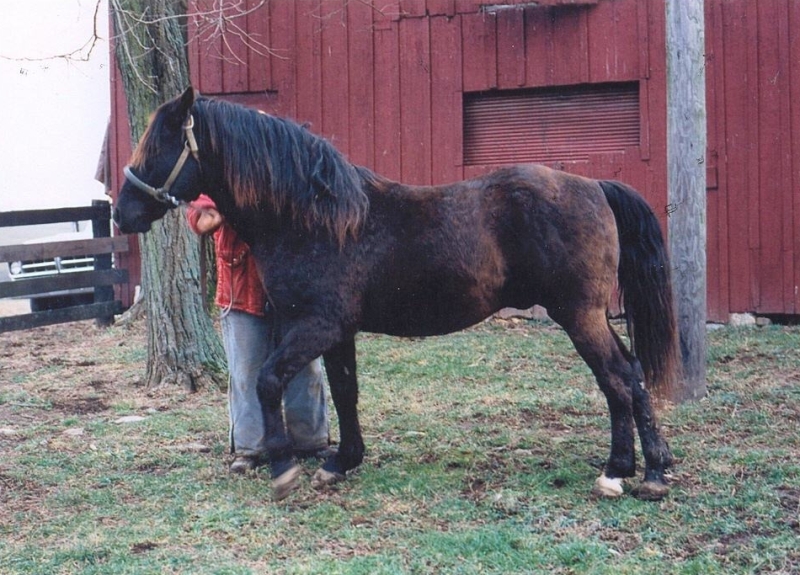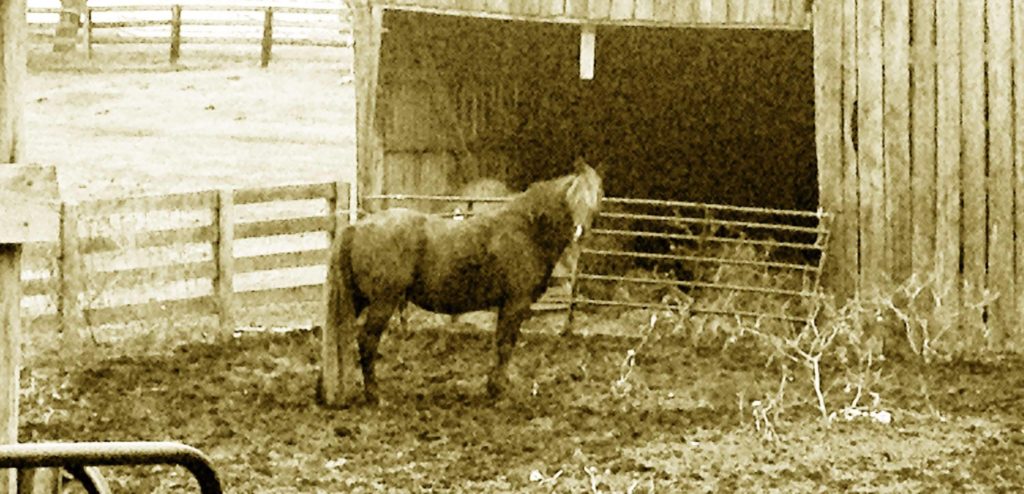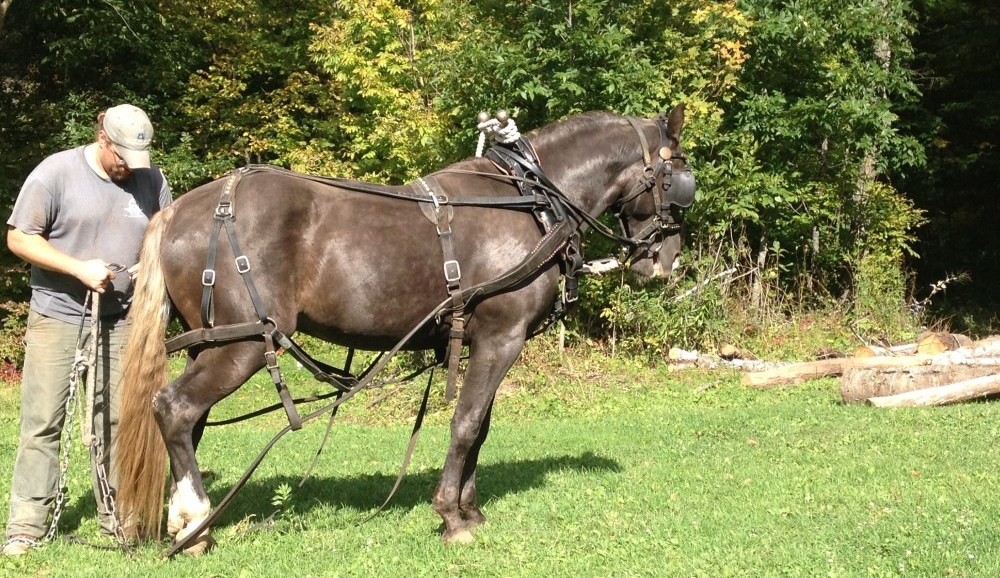I realized, sitting with Janus in the round pen the other day, that maybe folks are thinking I’m crazy for getting a young horse saddled this early in the game. So I thought I’d back up a step and explain why I saddled Janus on the first week of “formal groundwork.” I have no intentions of riding him for quite a while yet. Ultimately, I will wait for him to tell me he is ready. But for now, we have more ground work to do. He can do that groundwork saddled or unsaddled. Might as well be saddled. I want him so comfortable, even bored with saddling, that he forgets it is there. Then, on the day that I go to swing a leg over, all I have to worry about is his response to me, rather than me and this hunk of leather.
The same goes for the bit. So many horses have issues with their bit, and I’ve bought a few horses that don’t like their bit. And there are about a bajillion bits out there to “solve” those problems and many people go this route. Myself, when I encounter a problem, I don’t want to make it more complicated by adding in a bunch of other factors (like new bits). I like to strip away everything I can. Strip the problem down to only what is absolutely necessary and see what happens. Make it simpler.
When it comes to bitting problems, it could be: the bit, the hands of the owner, the feel through the reins, the headstall, the horse’s anatomy*, the horse’s prior handling, and on and on. The snaffle bit itself, is pretty simple, works for most horses, so that is where I start, that and a simple headstall. Once a horse is two, I’ll fit a headstall to them, and place a full cheek snaffle bit on there. I wait until I have a day when I have yard chores to do, so I have an excuse to keep an eye on them while I’m working nearby. Then, I highline them (using a halter), bridle them (minus the reins) and walk away. I let the horse figure this piece of metal out for themselves. So far, all that I have had the good fortune of fooling with have figured out how to carry the bit correctly. They might fumble with it for 45 minutes or so, but there are worse things. Once I see they have stopped fumbling with the bit for a few minutes, I go over and take off the headstall and turn them out to pasture. I repeat this over a few weeks, until I bridle them and they don’t fool with it any more. Now that they know how to carry a bit, I can start to teach them what it is for.
Long ago, Janus learned what a bit is, but I suppose it has been over a year, so I’ll repeat this. He’ll also carry the bit through our groundwork. I’ll introduce pressure from the bit from the ground and after he clearly understands pressure from a halter.
*Go here for some information on how Rocky Mountain Horse mouths are different.
RMH Mouth




